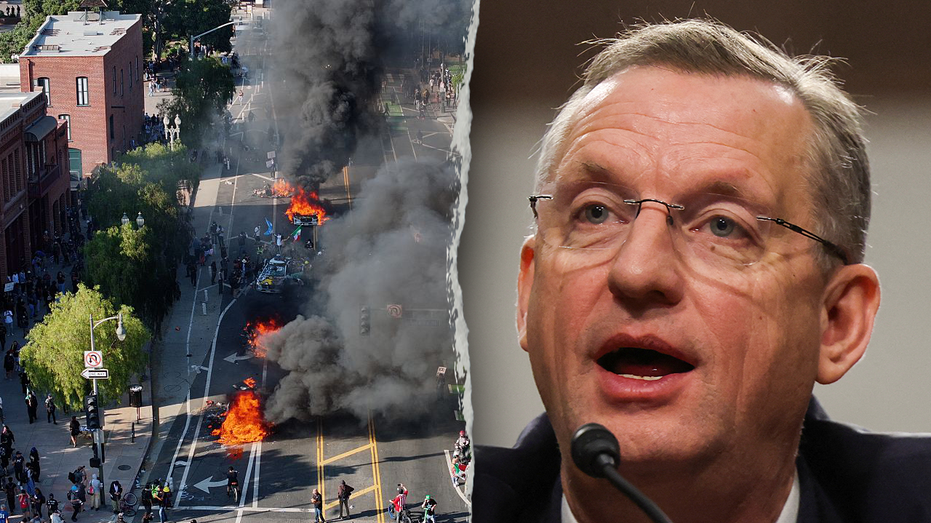Discover Bajiquan: The Ancient Martial Art Tradition of Cangzhou
Cangzhou's Mengcun Bajiquan, an ancient martial art renowned for its rapid and powerful close-quarters strikes, continues to embody vigor and simplicity.

Bajiquan, a martial art with roots tracing back centuries, remains a living tradition in Cangzhou, Hebei Province. Recognized for its explosive energy, straightforward technique, and rapid, forceful strikes, Bajiquan’s philosophy centers on overwhelming an opponent at close range. In Cangzhou, the rhythmic calls of instructors echo daily through training halls, as practitioners of all ages—clad in their signature uniforms—dedicate themselves to mastering the intricacies of this formidable discipline.
The art form, especially the Mengcun style, is distinguished by its emphasis on elbow strikes, shoulder blows, and swift body movements. Unlike some other Chinese martial arts that favor graceful, flowing forms, Bajiquan is celebrated for its concise and practical approach to self-defense. This effectiveness has garnered it a prominent reputation, not only for traditional personal protection but also in modern security and police training programs across China.
Practitioners attribute the enduring appeal of Bajiquan to its strong cultural heritage and community spirit. Martial arts schools in Cangzhou often serve as gathering places where generations come together to share knowledge and uphold family traditions. Coaches are typically experienced masters who view teaching as both a responsibility and an honor, ensuring that the martial art’s values of discipline, respect, and perseverance continue to thrive.
In recent years, there has been a growing movement to preserve and promote Bajiquan beyond regional borders. Demonstrations, international exchanges, and inclusion in martial arts exhibitions have introduced this unique style to a global audience. As more young people enroll in local classes, the future of Bajiquan looks promising, carrying forward a legacy that links the city’s historical past with its modern identity.




